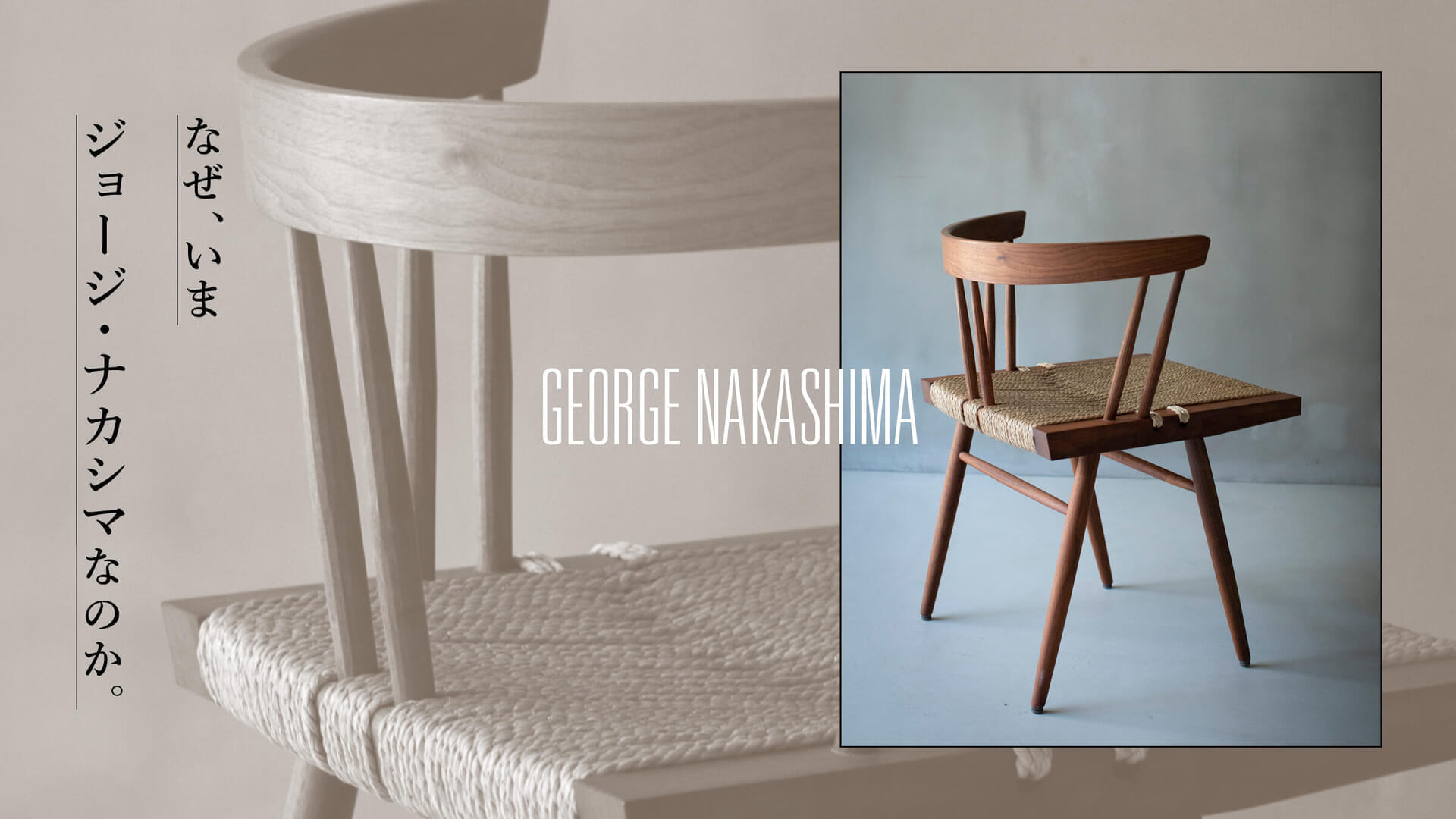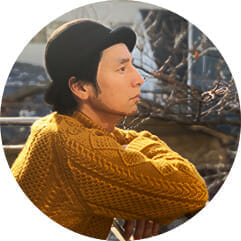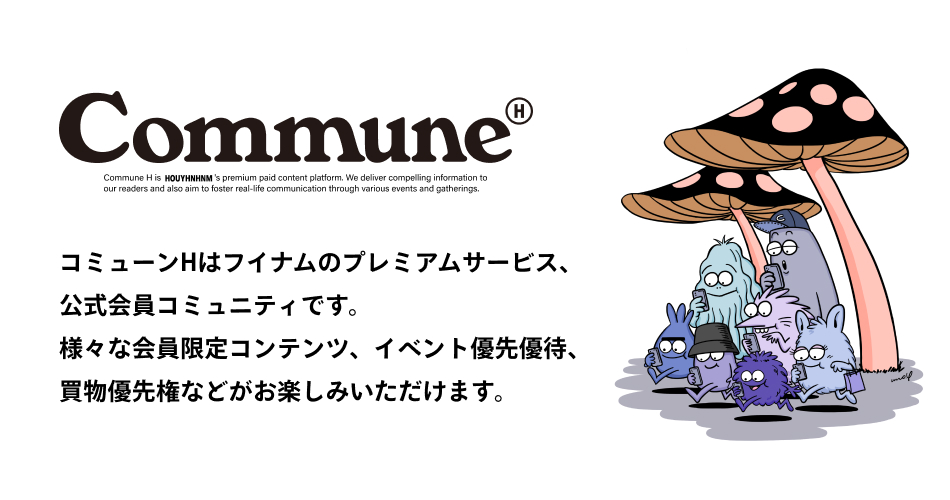George Nakashima Chronology
1905. Born in the United States. . He was a member of the Boy Scouts from an early age and grew up surrounded by the richness of nature.
1923. Entered the University of Washington . After majoring in forestry , he switched to architecture.
1933 . on a round-the-world trip. Stayed in London and Paris , then came to Japan via India and China.
1934. Joined Antonin Raymond's architectural office in Tokyo. His colleagues were Kunio Maekawa and Junzo Yoshimura, well-known Japanese modernist architects.
1937. As site manager of the Raymond Architectural Office, he headed to India , where he was greatly influenced by the Indian spiritual world.
1940. Return to the U.S. .
1941. Disappointed with Frank Lloyd Wright's work, he entered the world of furniture as something he himself could integrate everything from start to finish.
1942 . When the Pacific War broke out, he was sent to a Japanese American internment camp. There, he met a Japanese-American carpenter, with whom he deepened his woodworking skills and knowledge of wood.
1944. . He began making furniture from design to fabrication in his home garage near New Hope, Pennsylvania, using his garage as a workshop.
1968. . held his first solo exhibition in Japan at Odakyu Harc in Shinjuku, Tokyo. . Since then, the exhibition was held six times until 1988.
1973 Junzo Yoshimura designed the Nelson Rockefeller residence, where he also served as Vice President of the United States. Nakashima created more than 220 pieces of furniture for the residence.
1983 George Nakashima published "The Heart of Wood: A Woodworker's Memoir" (SD Selected Books).
1990 . died in New Hope, Pennsylvania.
Turning our backs on modernism.
Architect and woodworker. George Nakashima is of Japanese descent who did not like to be called a designer. He may be well known in Japan, where he held a solo exhibition at the Odakyu Harc, but few people have a clear image of his furniture. . However, few people can imagine his furniture in a vivid way.
When you look overseas, there are many well-known people who like George Nakashima's furniture. For apparel, there are Raf Simons and Loewe's J.W. Anderson.

The names of eminent connoisseurs are mentioned. How does Mr. Hattori of Yaeka see the furniture of George Nakashima, which meets the criteria of these connoisseurs? Mr. Hattori, who also sells antique furniture in his Yaeka store, has seen many pieces of furniture from the past, present, and future.
In addition to the wonderful works, when I read his book, "The Heart of Wood," I was impressed by the way he thinks about the background and the heart that goes into his creations. In layman's terms, the concept of making things in moderate quantities and making them well, or making things that transcend the times, may be the kind of approach to craftsmanship that will be necessary in the coming age. As a person involved in manufacturing, I am fascinated by such things.


glass seat chair The soft seat is made of hand-woven rush and the wood is walnut. The rounded curved wood of the backboard contrasts with the square seat. Both the rush and the wood can be enjoyed as they age. This leg embodies the high level of processing technology of the time.
During the same period, there was also a trend toward mass-produced modernism, as in the case of Herman Miller. Modernism, which advocates functionalism and rationalism, is not compatible with George Nakashima. This is because modernism does not emphasize the importance of local culture, such as local climate and customs, while Nakashima was a man who always thought about how to make the best use of each wooden board, as if he were listening to the voice of the wood.
He says, "It would be difficult to find someone who has been working on something like the SDGs for 70 years, and he has quite a number of works. The works born from the philosophy and sensitivity of giving a second life to wood as a material have a well-honed beauty and a moderate sense of tension.


Mira Chair. As the name suggests, the chair was made for his daughter, Mila.










